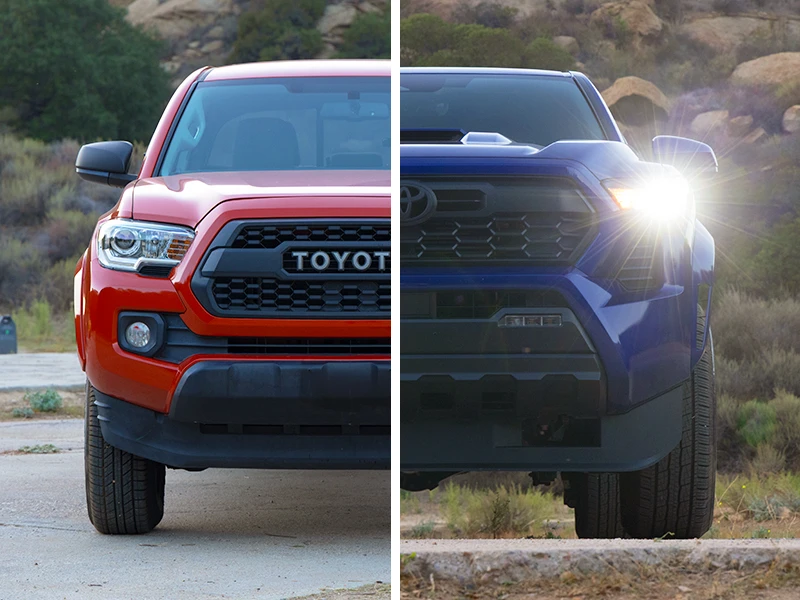
Which electric cars have the longest range and why.
With thousands of vehicles in our inventory, we’re here to help make car research easier for you. We’ve partnered with car-review experts from Edmunds to weigh in on what matters most when you’re looking to buy a truck or car.
***
Electric vehicle (EV) range has skyrocketed over the past five years, leaving only memories of the first-generation Nissan Leaf's sub-100-mile range. Larger batteries attached to efficient electric motors are combined with increasingly aerodynamic bodies, giving electric cars, SUVs, and pickup trucks more range than ever.
Looking for the longest-range electric vehicles available? You've come to the right place. We’ve gathered the top 10 EVs you can buy and ranked them by range and by price. We're limiting our list to EVs that cost less than $100,000 so you won't see the Lucid Air, BMW iX, Mercedes-Benz EQS, or Ford Lightnings on our list. We're also restricting the list to 2020-23 models in order to keep things as relevant as possible.
Want more advice on buying an electric car? Take a look at these articles:
How is electric vehicle range measured?
The Environmental Protection Agency's (EPA) range test is certainly the most famous. Here's how it works: The EPA tests a vehicle with a fully charged battery on its city cycle until the battery is fully depleted. The vehicle is charged fully and then taken on the EPA's highway cycle. Each of these cycles can involve multiple drives, all performed in a lab on specialized equipment called a “dynamometer” that’s designed to simulate real-world driving conditions. Testing like this lets the EPA create a controlled environment that is repeatable so that the only thing that changes is the vehicle being tested. It creates consistent test results since weather, road conditions, traffic, and other variables have been eliminated.
Alternatively, automakers can perform the test themselves. If they go this route, they must complete four city cycles, two highway cycles, and two constant speed cycles. A constant speed cycle is exactly what it sounds like: The vehicle is driven at a constant speed until it runs out of juice. There's also a specific order automakers must perform these cycles in, which goes as follows: city cycle, highway cycle, city cycle, midtest constant speed cycle, city cycle, highway cycle, city cycle, and end-of-test constant speed cycle.
The results of these tests are adjusted to account for real-world factors like the impact of air conditioning, weather, and varying driving styles. Typically, the EPA multiples the vehicle's tested range by 0.7. For instance, a car that goes 300 miles on the highway cycle would be rated at 210 miles to control for more aggressive driving and air-conditioning use.
The EPA then takes the results of both the city and highway tests and weights them 55% and 45%, respectively. So if a vehicle's adjusted city range is 150 miles and its adjusted highway range is 100 miles, it will be given a combined range of 128 miles. (Values are rounded to the nearest whole number.)
How Edmunds tests electric vehicle range
Edmunds has tested more than 50 vehicles on its EV range route, including multiple trims of the same vehicle. We already mentioned the range leader, the 2022 Lucid Air Dream Range, which scored 505 miles on our test route compared to the EPA's 520-mile estimate. Of course, it also costs a cool $169,000.
So, how does the Edmunds' test work? Edmunds starts its test on an EV with a full battery and then drives it on a mixture of highway and city roads. The split is about 60% city and 40% highway. That drive goes until the EV battery is almost entirely drained, generally targeting 10 miles of remaining range. Those miles traveled are added to the remaining range, giving you Edmunds' total tested range figure.
The difference between the EPA and Edmunds EV tests
The first difference is that Edmunds does its testing on real roads instead of in a laboratory. The second is Edmunds' slightly higher mix of city driving, which we think better represents the way people drive their EVs. The third is crucial: The EPA tests vehicles in their default settings, so the EPA will not select more efficient drive modes or stronger regenerative braking if it's available. Edmunds uses the most efficient drive mode as long as it doesn't affect safety or practical comfort levels.
Here's an example: The Tesla Model 3 has three acceleration modes. They are Chill, Standard, and Sport. The Model 3, fresh out of the box, defaults to the Standard acceleration mode, which Tesla says "provides the normal level of acceleration on non-Performance vehicles." That means the EPA would test using the Standard acceleration mode, while Edmunds would test using the Chill acceleration mode. That driving mode "limits acceleration for a smooth and gentle ride."
Edmunds also runs its test with the vehicle windows up and the climate control set to auto at 72 degrees. Posted speed limits are followed and we drive within 5 mph of them if traffic and conditions permit.
Range vs. efficiency
We've talked almost exclusively about range so far. That makes sense because it's what many people are most interested in when shopping for an electric vehicle. But it's important to point out that the efficiency of an electric vehicle can be just as important as its range. Both the EPA and Edmunds measure an EV's efficiency using kilowatt-hours (kWh) per 100 miles, which accounts for how much electricity an electric car uses every 100 miles.
Here's why that's important: You likely pay by the kWh to charge an electric vehicle, whether that's at home or at a public fast charging station. So the more efficiently your EV churns through electricity, the less frequently you'll need to charge it back up, and that saves you money, similar to how a fuel-efficient gasoline-powered car is cheaper to operate. However, unlike gasoline cars, which measure miles per gallon, bigger numbers mean worse efficiency when using kWh per 100 miles.
For example, the 2020 Tesla Model 3 (23.0 kWh/100 miles) and 2022 Chevrolet Bolt (25.7 kWh/100 miles) are strong examples of efficient electric vehicles. On the other side, the 2022 Rivian R1T (47.0 kWh/100 miles) and 2022 Audi e-tron (38.0 kWh/100 miles) are much less efficient.
Why electric car range testing matters
For the same reason fuel economy testing matters: It's good to have accurate information when you're spending a lot of money on a new vehicle. If you're afflicted with range anxiety, it's helpful to know just how many miles you can squeeze out of your electric car.
The Edmunds range test is meant to supplement the EPA's testing, not replace it. If you're shopping for an electric car, it's important to know how much its maximum range can vary depending on conditions and driving style. So, think of the Edmunds test as another arrow in your research quiver.
$20,000-$40,000 vehicles
Volkswagen ID.4
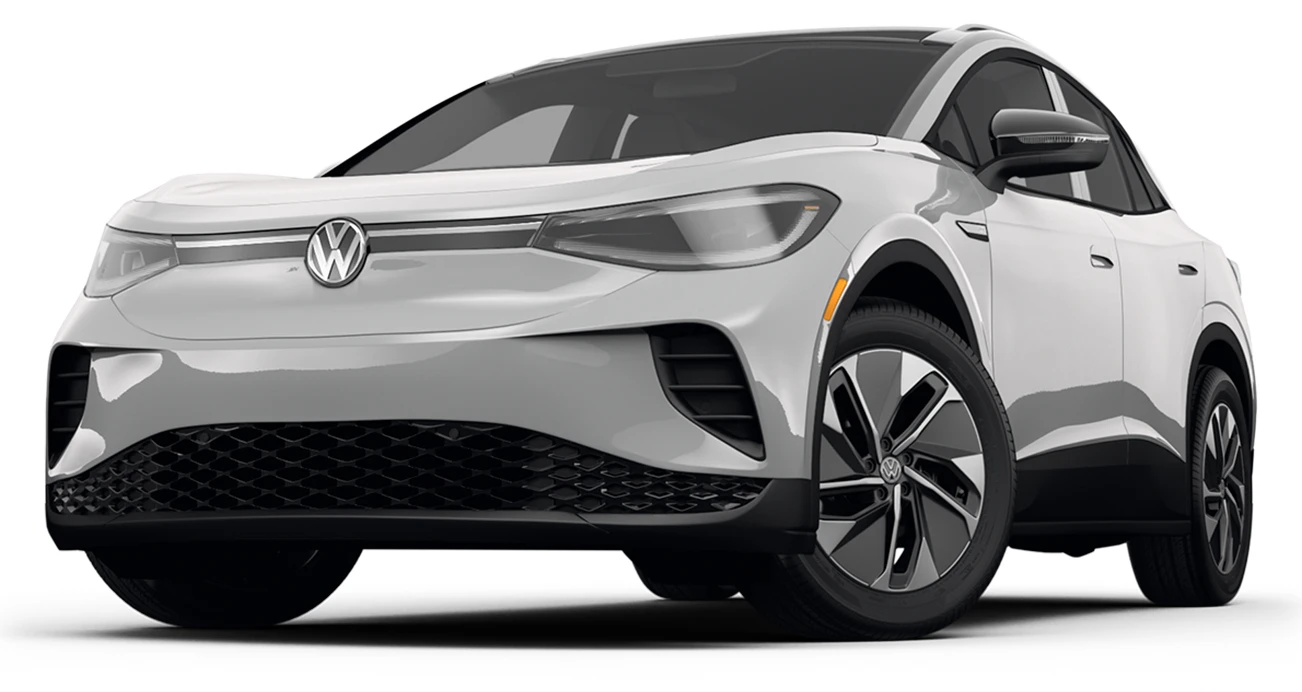
Vehicle tested: 2021 Volkswagen ID.4 Pro
EPA range: 260 miles
Edmunds range: 288 miles
Average CarMax price 2021-23: $39,767
The ID.4 is the first electric Volkswagen built from the ground up to be sold in the United States, following in the footsteps of the e-Golf. The small SUV debuted in 2021 with an Edmunds-tested range of 288 miles, not bad considering its competitive starting price. We've been a little frustrated with some of its technology, most notably its touchscreen and steering wheel controls. But the ID.4 is pleasant to drive and efficient, and it boasts impressive range. It also features impressive advanced driver aids as standard features, including adaptive cruise control and lane keeping assistance.
Chevrolet Bolt
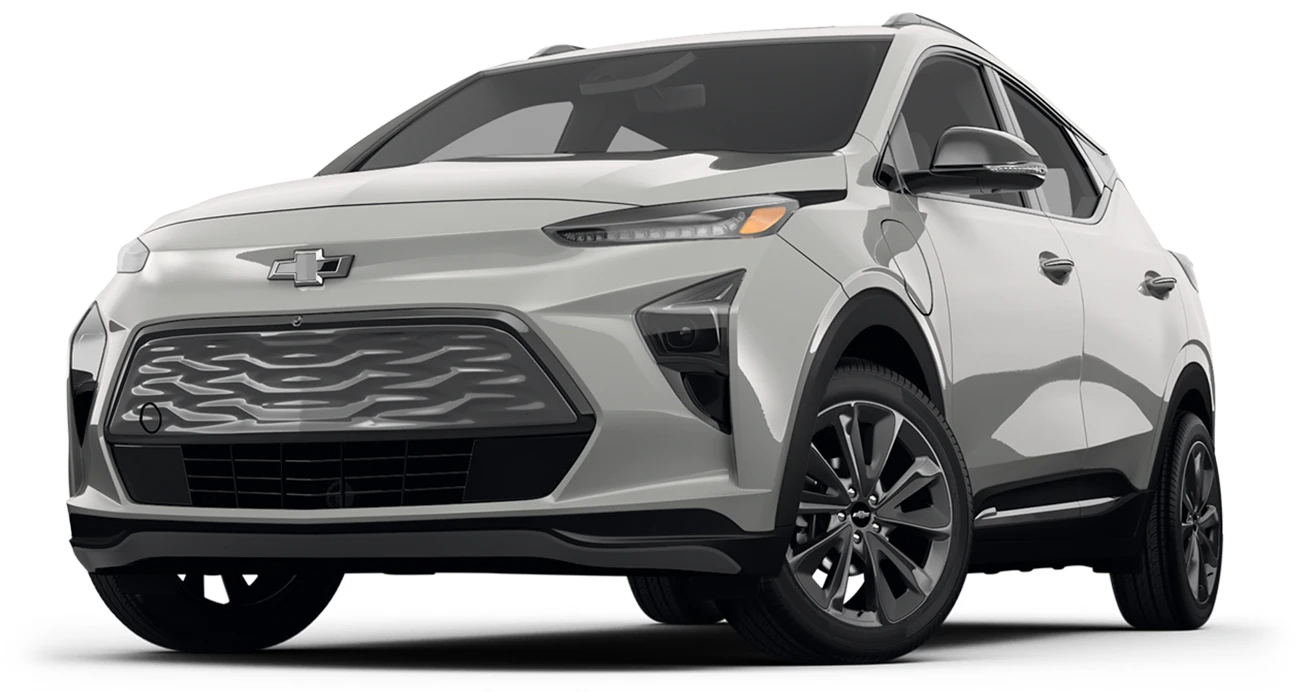
Vehicle tested: 2022 Chevrolet Bolt
EPA range: 259 miles
Edmunds range: 278 miles
Average CarMax price 2021-23: $28,236
The Chevrolet Bolt has come a long way since it debuted in 2017. That's kind of a pun because the Bolt now boasts an Edmunds-tested range of 278 miles, which is impressive considering its relatively low starting price. The hatchback has more in common with the Nissan Leaf than it does with the Tesla Model Y, but its economical packaging may be just enough for some EV shoppers. It's available in two trims, 1LT and 2LT, that offer the same battery pack. Many features, like adaptive cruise control or blind-spot warning, are bundled in additional option packages. So keep an eye out for all the features your Bolt does, or doesn't, come equipped with.
Nissan Leaf

Vehicle tested: 2022 Nissan Leaf Plus SL
EPA range: 215 miles
Edmunds range: 237 miles
Average CarMax price 2021-23: $27,568
Tesla may have made electric vehicles cool, but the Nissan Leaf proved there was an appetite for EVs in the first place. The Leaf was redesigned in 2018 and now has an Edmunds-tested range of more than 200 miles. It's still a small, economical electric car that is light on features. But in its second generation, the Leaf can go far enough on a single charge for most shoppers. It comes in two trims: Leaf and Leaf Plus. The former has a smaller battery that goes an EPA-estimated 149 miles on a single charge. The latter goes an Edmunds-tested 237 miles on a single charge. All Leafs come with standard driver aids like blind-spot warning, blind-spot intervention, and lane keeping assistance.
$40,000-$60,000 vehicles
Tesla Model 3

Vehicle tested: 2021 Tesla Model 3 Long Range
EPA range: 353 miles
Edmunds range: 345 miles
Average CarMax price 2021-23: $46,349
The Tesla Model 3 is the California automaker's entry-level vehicle, but that doesn't mean you have to make any sacrifices when it comes to range. The Model 3 doesn't just boast impressive range—it's also one of the most efficient electric vehicles you can buy. Like all Teslas, you'll get access to the vast Supercharger network, which makes charging your electric vehicle substantially easier. That's in addition to a standard suite of advanced driver aids including adaptive cruise control, exterior cameras, and automatic emergency braking.
Ford Mustang Mach-E
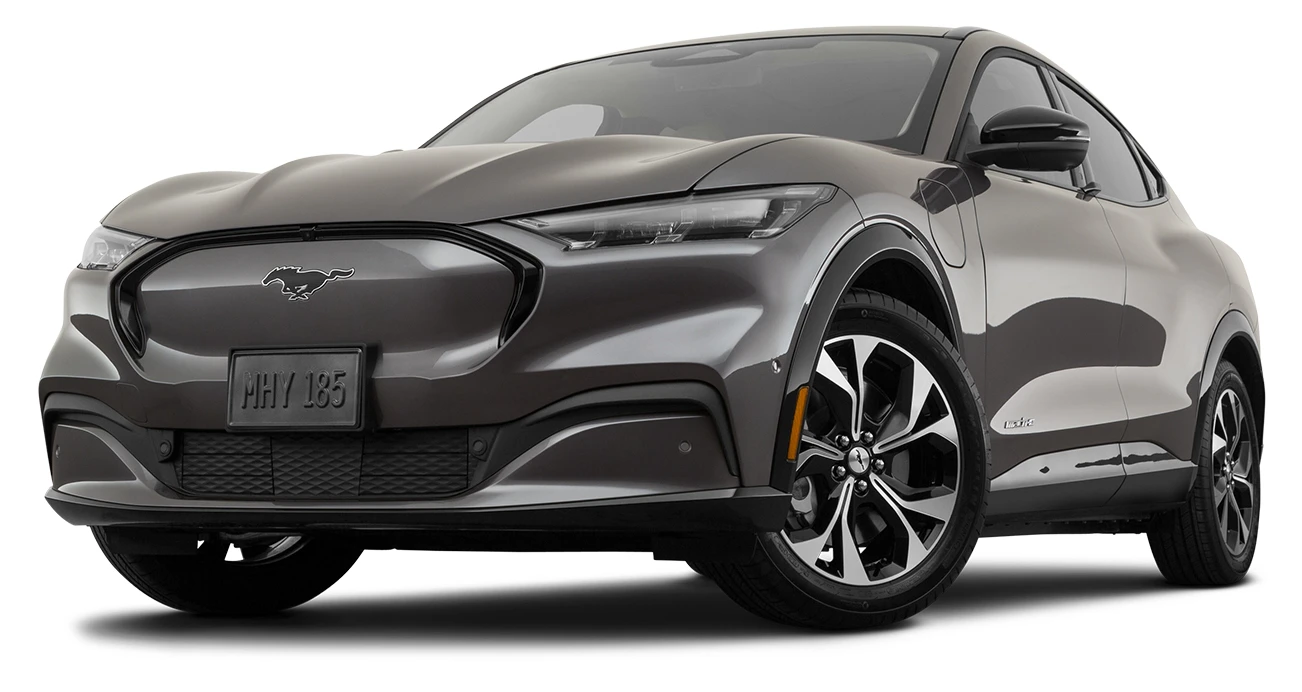
Vehicle tested: 2021 Ford Mustang Mach-E California Route 1
EPA range: 305 miles
Edmunds range: 344 miles
Average CarMax price 2021-23: $51,906
Yes, it carries the famous Mustang badge but the Ford Mustang Mach-E is very much an SUV. So, while it's sporty enough for an electric vehicle, don't expect this electric-powered crossover to mimic a GT500. That said, the Mach-E has ample storage and impressive range while being fun to drive. It's available in a handful of trims, including GT Performance Edition, which increases the horsepower and adds larger wheels. You can also find Mach-Es, like the California Route 1 trim, with an extended battery. Those add upward of 70 miles to your maximum charge.
Kia EV6
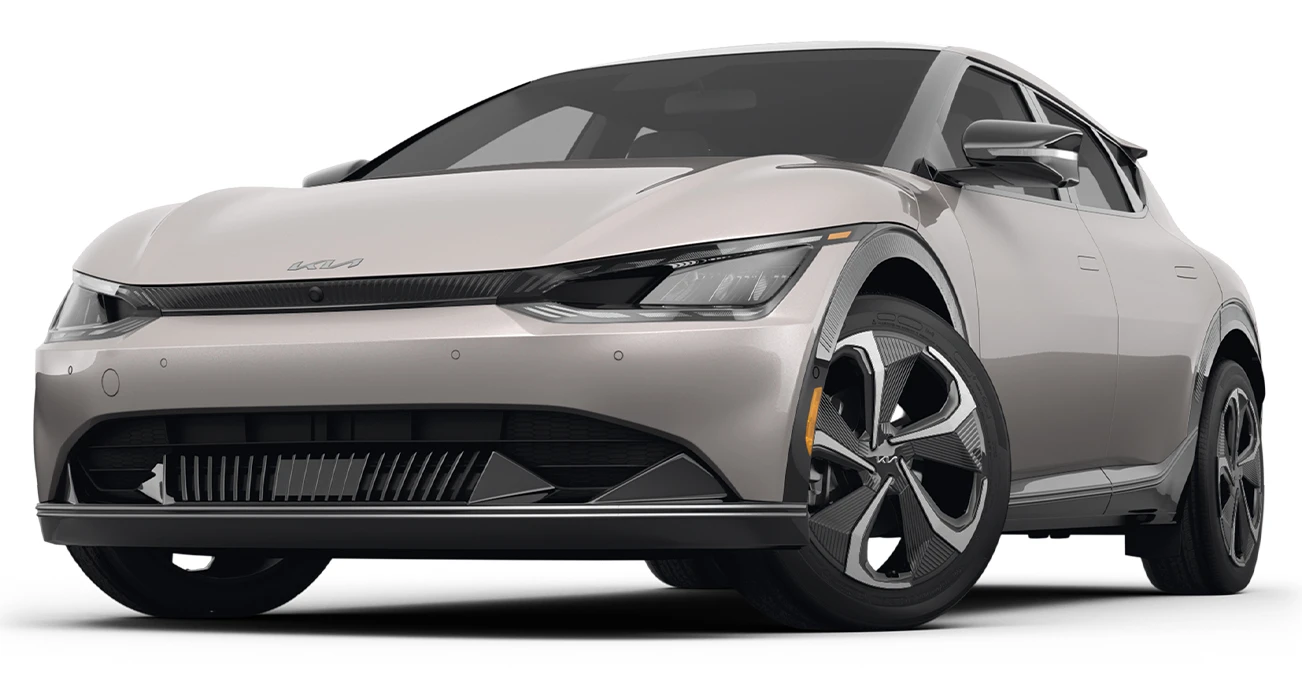
Vehicle tested: 2022 Kia EV6 Wind RWD
EPA range: 310 miles
Edmunds range: 323 miles
Average CarMax price 2021-23: $52,858
The Kia EV6 hit the scene in 2022 alongside its corporate sibling the Hyundai Ioniq 5 to great acclaim. Both boast impressive range when in rear-wheel-drive configuration and both can be charged very quickly at the latest super-quick public DC fast-charging stations. You can add 70 miles to the EV6 in fewer than five minutes and go from 10% to 80% charge in fewer than 20 minutes when using a 350-kWh station. While those stations are still relatively rare, adding an EV6 to your driveway allows you to be ahead of the curve. Its sporty, futuristic design doesn't hurt its case as a forward-thinking electric car either.
Tesla Model Y
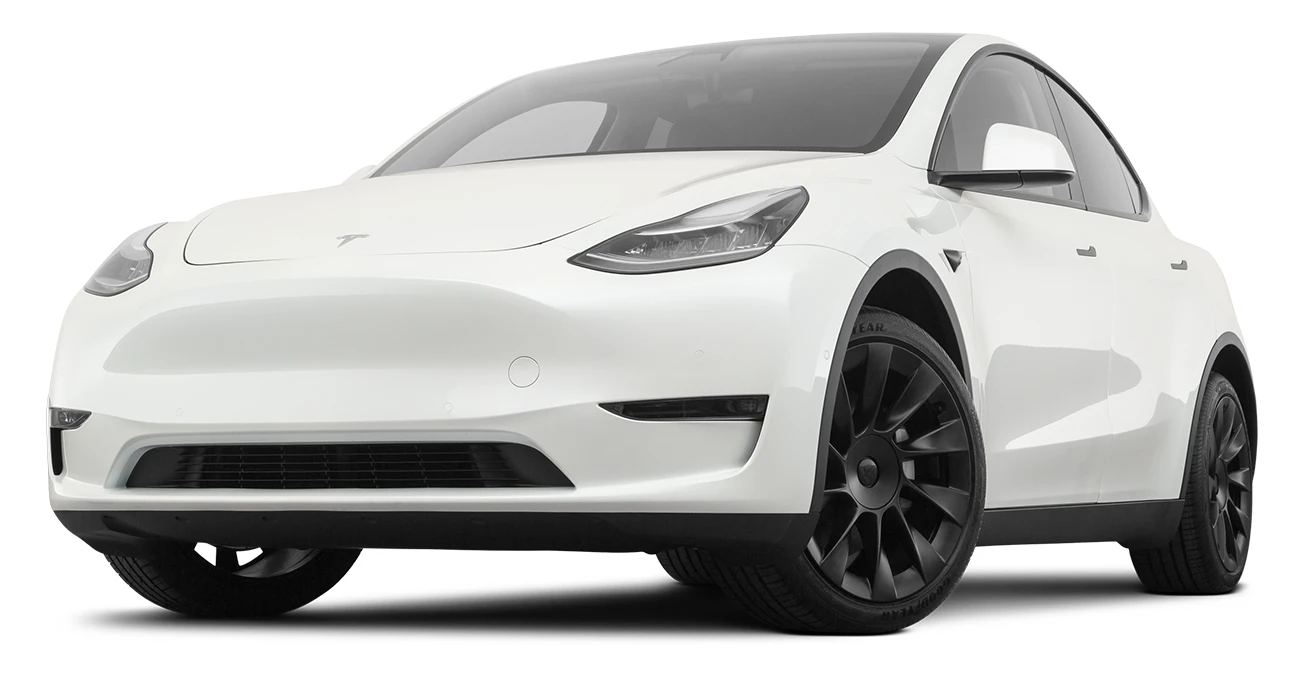
Vehicle tested: 2021 Tesla Model Y Long Range
EPA range: 326 miles
Edmunds range: 317 miles
Average CarMax price 2021-23: $55,332
The Tesla Model Y is an electric SUV that has a lot in common with the California company's entry-level Model 3 sedan. Compared to the sedan, you'll get a roomier back seat and more room for your cargo. You can even get a third row, but be warned: It's strictly for very small passengers, like children, pets, or adults who don't mind being extremely cramped. The Model Y is otherwise a standard Tesla product, coming with impressive range, acceleration, and tech. The 2021 Model Y comes in two trims: Long Range and Performance, with the former focusing on range and the latter focusing on acceleration.
Hyundai Ioniq 5
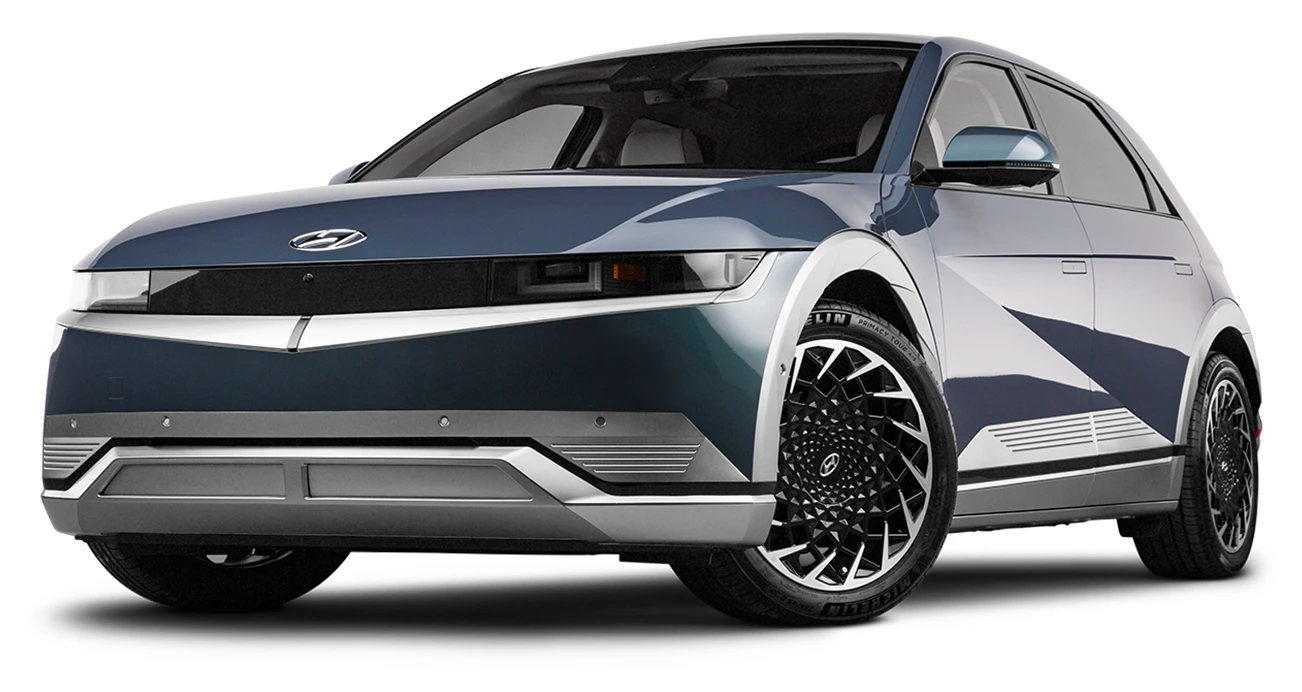
Vehicle tested: 2022 Hyundai Ioniq 5 Limited Dual Motor
EPA range: 256 miles
Edmunds range: 270 miles
Average CarMax price 2021-23: $49,675
The Ioniq 5 is the corporate sibling of the Kia EV6 we mentioned earlier in this article. So, why the major difference in Edmunds-tested range? The Ioniq 5 we tested came equipped with a dual motor, which means it's more powerful at the expense of its range. The dual motor adds all-wheel drive and generates 320 horsepower, compared to the 168 horsepower generated by the rear-wheel-drive single motor. The EPA estimates you lose 80 miles of range by adding the second motor, so keep that in mind if you want the more powerful Ioniq 5. Whichever Ioniq 5 you choose, you'll get an efficient electric motor and a rapid charging of the battery thanks to access to 350-kWh chargers. The Hyundai SUV also boasts many standard advanced driving aids like adaptive cruise control and lane keeping assistance.
$60,000+ vehicles
Tesla Model S
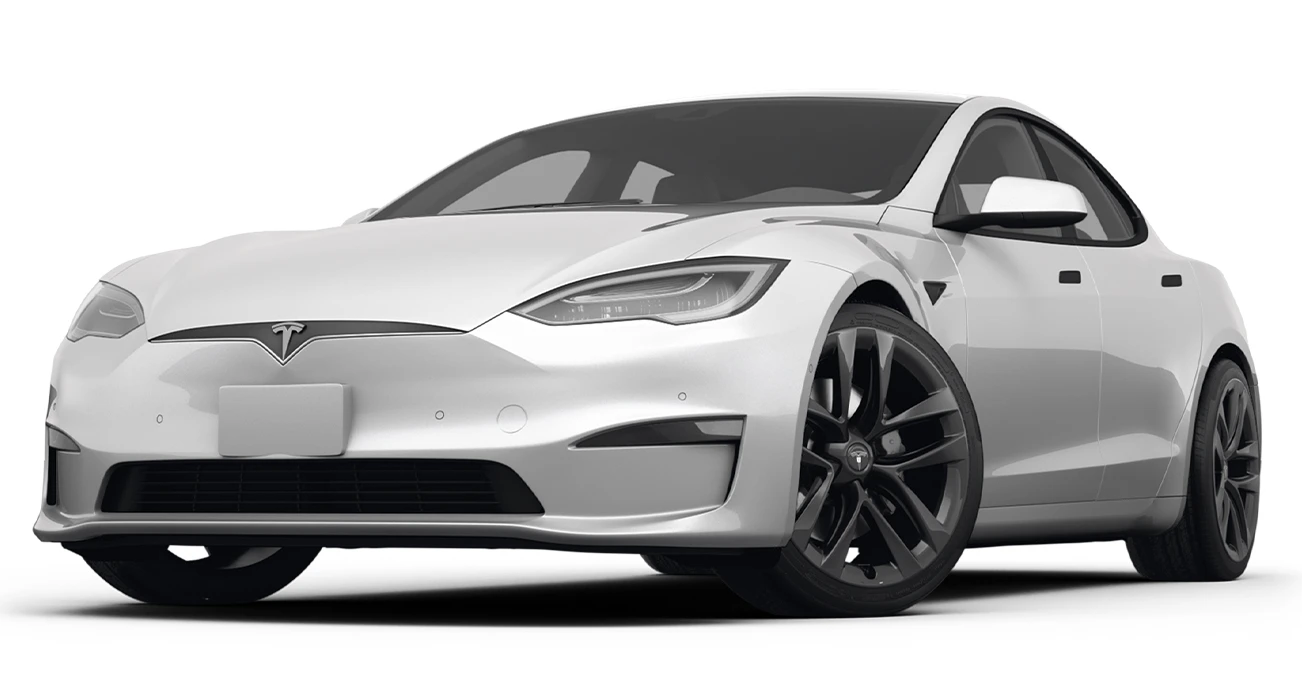
Vehicle tested: 2020 Tesla Model S Performance
EPA range: 326 miles
Edmunds range: 318 miles
Average CarMax price 2021-23: $84,521
There are few quicker cars than the Tesla Model S, electric or otherwise. The 2020 Model S Performance can go from 0 to 60 mph in 2.4 seconds while offering more than 300 miles of range. If you prefer range to performance, you can opt for the Model S Long Range, which offers nearly 400 miles of range and a 0-60 mph time of 3.7 seconds, which is hardly slow. Later variants of the Model S include the Model S Plaid, which offers ludicrous performance. That's in addition to access to the Supercharger network and advanced driver aids like adaptive cruise control, forward collision warning, and automatic emergency braking.
Tesla Model X
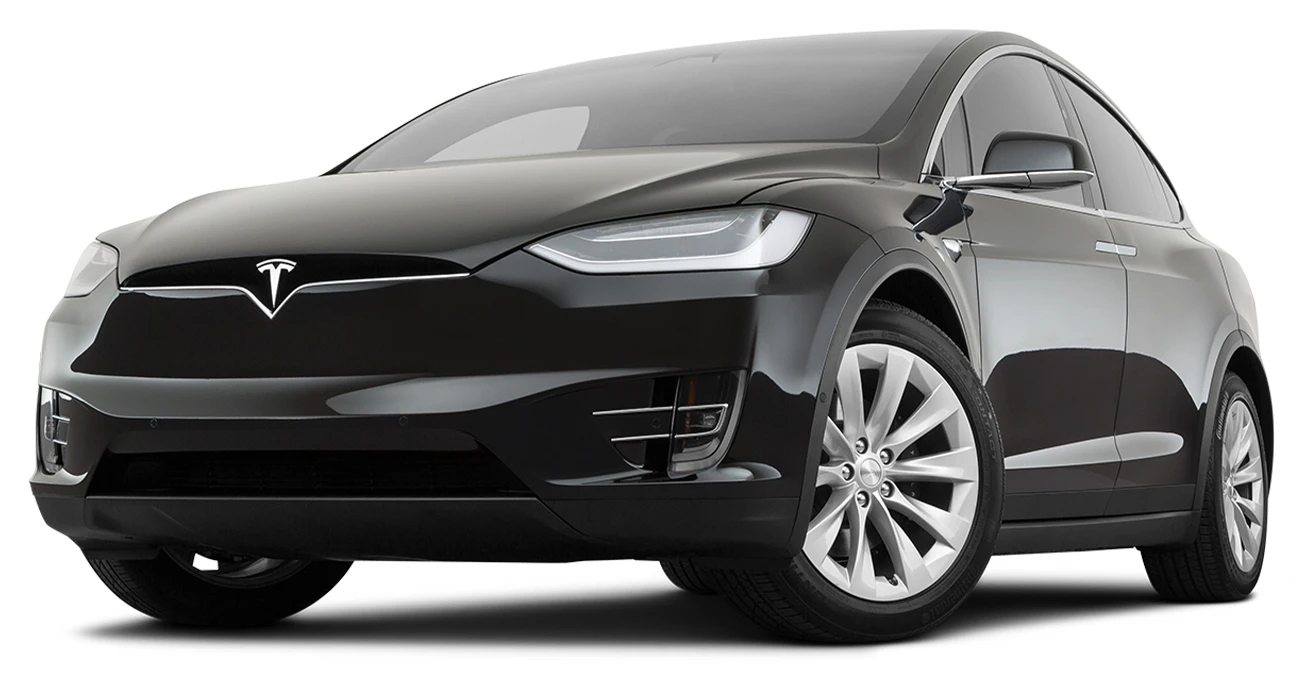
Vehicle tested: 2020 Tesla Model X Long Range
EPA range: 328 miles
Edmunds range: 294 miles
Average CarMax price 2021-23: $96,367
The Tesla Model X is the largest Tesla you can buy… for now. The luxury SUV features vertically opening falcon-wing doors that open up above the vehicle, a panoramic windshield, incredible acceleration, and, yes, impressive range. We were not able to match the EPA-estimated range on the Edmunds' EV range route, but 294 miles of range is solid for an electric vehicle of the Model X's size. Like other Teslas, the Model X is available in both Performance and Long Range trims and features standard advanced driver aids like adaptive cruise control, automatic emergency braking, and lane keeping assistance.
Edmunds says
Electric vehicle range has never been better, and you can get more miles in more types of vehicles than ever before. Whether you're looking for a hatchback, truck, or SUV, there's an electric vehicle that can take you farther than ever before.
